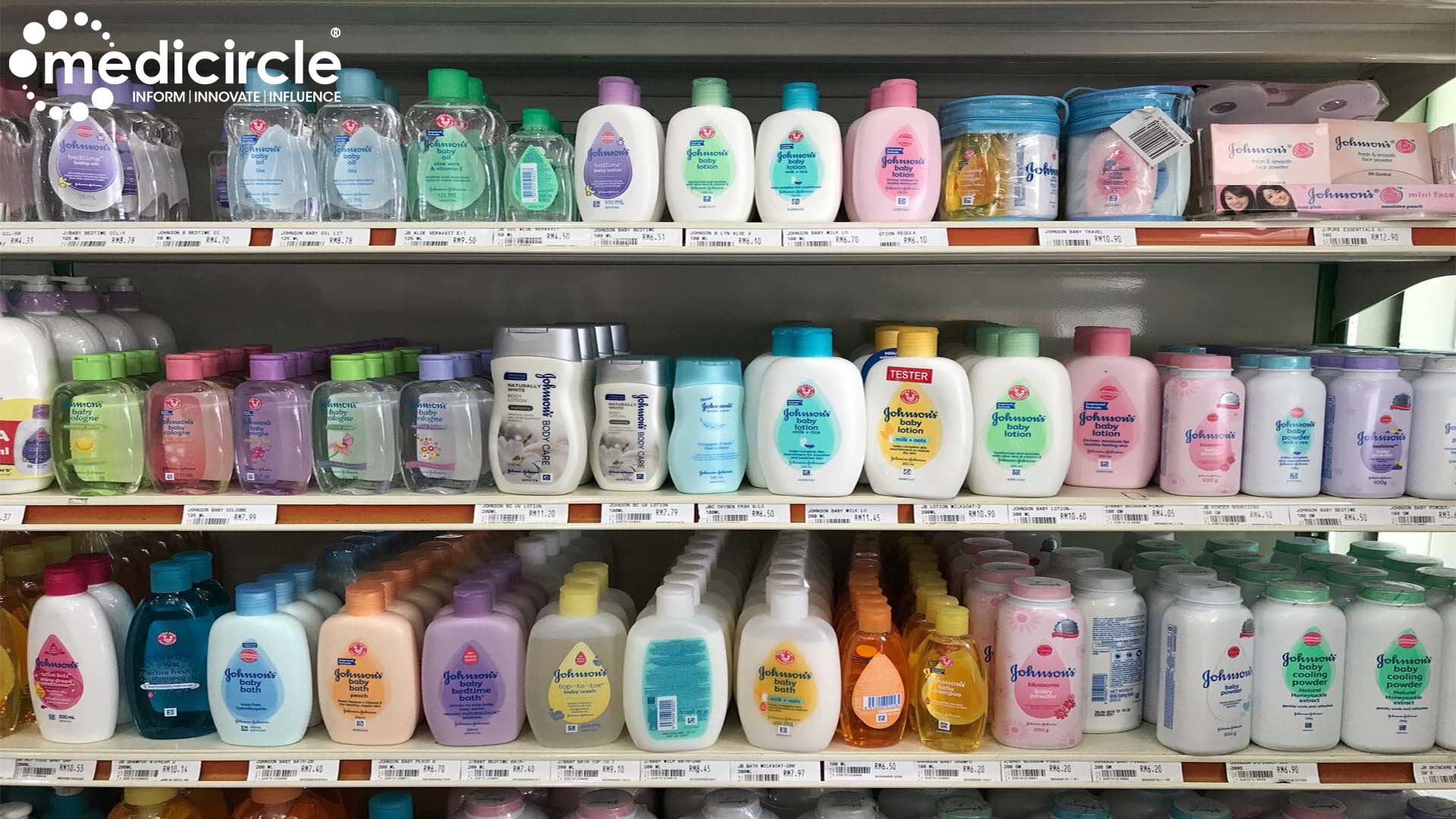Johnson & Johnson (J&J) is surrounded in a significant legal battle over allegations that its baby powder and talc products contain asbestos, a known carcinogen linked to cancer. The trial, taking place after a hiatus of almost two years, marks a pivotal moment as J&J attempts to address thousands of similar cases through bankruptcy proceedings.
The Case at Hand: Emory Hernandez vs. Johnson & Johnson
Emory Hernandez, aged 24, claims that he developed mesothelioma, a rare and deadly cancer affecting the tissue around his heart, as a result of long-term exposure to J&J's talc products, which began in childhood. His lawsuit alleges that asbestos present in the talc caused his illness.
Joseph Satterley, Hernandez's lawyer, emphasized the gravity of the evidence linking asbestos exposure to mesothelioma and urged jurors in Alameda County, California, to hold J&J accountable for his client's suffering.
Johnson & Johnson's Defense
In response, Allison Brown, representing Johnson & Johnson, asserted that the company took extensive measures to ensure the safety and quality of its talc products, vehemently denying any presence of asbestos. Brown argued that Hernandez's specific type of mesothelioma is extremely rare and more likely linked to genetic predispositions such as a family history of heart disease and cancer.
"We have never wavered in our belief that talc is safe and does not cause cancer," stated Brown during her opening statement.
Bankruptcy and Proposed Settlement
Amidst mounting lawsuits, J&J subsidiary LTL Management filed for bankruptcy in Trenton, New Jersey, proposing an $8.9 billion settlement to resolve over 38,000 talc-related cases and prevent future litigation. This bankruptcy filing represents the company's second attempt to address talc claims through this legal mechanism, following a previous rejection by a federal appeals court.
The bankruptcy proceedings have largely halted litigation, but Chief Bankruptcy Judge Michael Kaplan permitted Hernandez's trial to proceed due to his urgent health condition.
Implications and Future Outlook
Despite the trial outcome potentially impacting future plaintiffs decisions regarding the proposed settlement, any judgment in Hernandez's favor would not be immediately enforceable due to the ongoing bankruptcy proceedings.
The dispute highlights broader debates within the legal landscape, with asbestos plaintiffs contesting the legitimacy of J&J's bankruptcy filing and arguing against shielding the company from liability.
J&J and LTL defend the bankruptcy approach as a more equitable and efficient method of settling claims compared to traditional trial courts, which they liken to a "lottery" system.
According to bankruptcy court filings, J&J's talc-related expenses, including verdicts, settlements, and legal fees, have escalated to approximately $4.5 billion, showcasing the financial stakes involved.
The trial represents a critical juncture in the ongoing legal saga surrounding J&J's talc products, with potential ramifications for future litigation and settlement negotiations. As the proceedings unfold, stakeholders closely monitor developments that could shape the trajectory of this high-profile case and its broader implications for consumer safety and corporate accountability.

 J&J and LTL defend the bankruptcy approach as a more equitable and efficient method of settling claims compared to traditional trial courts, which they liken to a "lottery" system.
J&J and LTL defend the bankruptcy approach as a more equitable and efficient method of settling claims compared to traditional trial courts, which they liken to a "lottery" system.










.jpeg)











.jpg)








